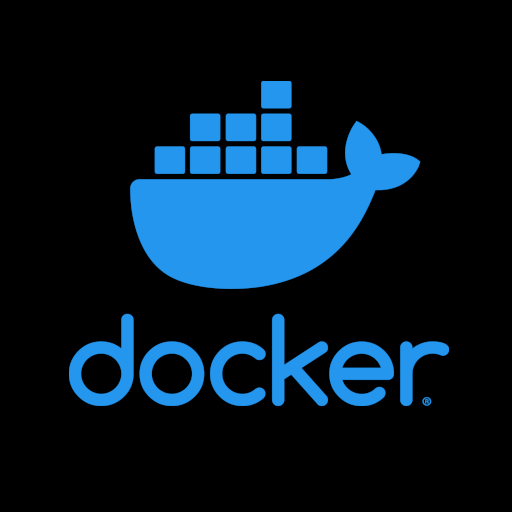

That’s what I worked through this morning. I learned elsewhere in these comments that users have both names and IDs and that docker references IDs.
I’ve changed ownership of the files and folders a few times. First to match the default setting in docker-compose.yaml, then as I tried different user IDs. Always the same message.
I did additional research and found references to something known as “mounting volumes”, but have not yet had a chance to explore that angle further. It’s not mentioned in the GTS documentation that I can see, so I just assumed (I know…) that the .yaml file was taking care of it.
At this point, I suspect that there is something else going on, possibly with ports. I had to do a bit of fiddling with ports to kill a bind error resulting from the fact that there is another service hooked up to ports 80 and 443. I’m only guessing, but maybe it’s unable to create the database because it needs to do so via those ports. That doesn’t sound quite right to me, but it’s not like I have any real clue!
One thing I noticed is that docker-compose is recommended by GTS, so I installed it and that really blew up in my face, so I went back to docker compose as I’ve used elsewhere.
Research continues…

Thanks! Once I knew that there was such a thing, a bit of online searching got that part of it sorted. And took me into what I hope is a productive rabbit hole of permissions management. :)